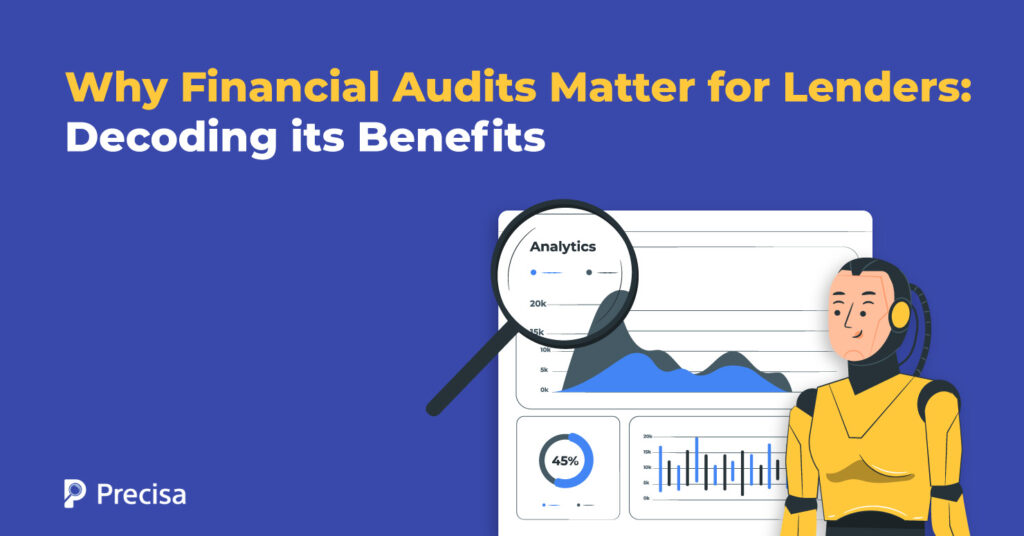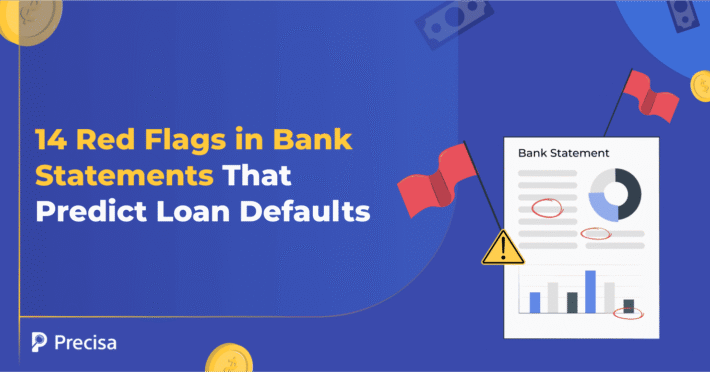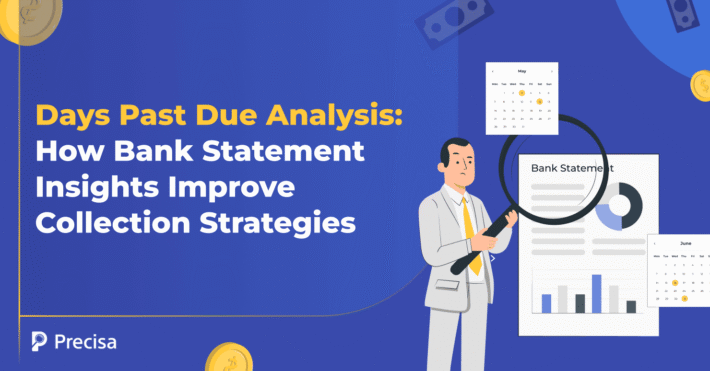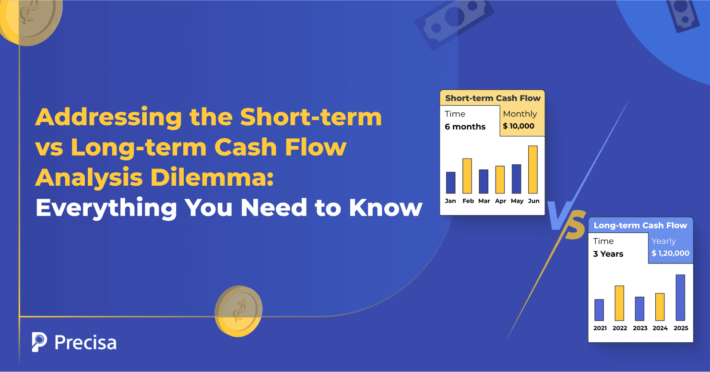Why Financial Audit Matter for Lenders: Exploring the Vital Benefits

Conducting a financial audit is one of the most critical activities that enables businesses to understand whether they are on the path to profit. It helps them identify their financial liabilities, risks, and potential fraud. The audit also enables them to determine the status of compliance and taxes to be paid.
Therefore, a financial audit provides a holistic view of a business’s financial health.
Understanding where a borrower stands financially is also an essential action for lenders. A borrower’s financial and credit history and the present state of cash flows are integral to the underwriting process.
However, traditional underwriting processes may not be sufficient to enable lenders to get a 360° view of a borrower’s financials. For instance, subtle irregularities in transaction patterns may be invisible to the human eye.
This is where automated, AI-powered bank statement analysis, akin to a financial audit, can help lenders be more thorough and strengthen the underwriting function.
Let us highlight the key benefits of audits in the context of the lending industry and the role of technology in facilitating efficient, accurate financial analysis.
What is a Financial Audit?
A financial audit is an accounting term that describes the in-depth and objective evaluation of a business’s financial statements. An audit aims to authenticate the representation of a company’s transactions in its financial reports.
Companies can benefit by understanding exactly where they stand in terms of profits and losses, financial assets and liabilities, taxation, and financial compliance. They can also benefit from detecting fraudulent activities within the business.
In lending, financial audits can be a handy tool used by banks, Non-Banking Financial Companies (NBFCs), and neo-banks to vet a borrower’s financial profile and make data-driven lending decisions.
Major Challenges Lenders Face
Here’s a snapshot of key challenges faced by lenders when analysing a borrower’s financial portfolio:
a. Inability to Predict Risk
Relying solely on basic financial analysis driven by manual workflows may fall short of accurately predicting a borrower’s ability to repay a loan on time and in full.
For example, even when a borrower intends to repay, holds substantial assets, and has a positive credit history, poor risk assessment can still result in them becoming Non-Performing Assets. This often occurs when a borrower, despite these positive indicators, is heavily indebted or lacks sufficient revenue to honour their loan repayments.
b. Inadequate Fraud Detection
Some borrowers may habitually misrepresent their financial status using a maze of complex transactions. This makes it more challenging for lenders to detect such activities pre-emptively.
Borrowers may also commit identity fraud by impersonating a business or an individual. In this scenario, lenders need the appropriate tools and proactive approach to financial analysis to scrutinise a business’s financial statements accurately.
Benefits of Comprehensive Financial Audit
Lenders can strengthen their underwriting function by leveraging AI-powered, automated financial audit. They can make data-driven decisions that lower the prospect of NPAs and loan fraud.
Here’s a snapshot of key benefits of a cutting-edge loan management system:
1. Accurate Categorisation of Every Transaction
One of the first steps in an effective audit is the accurate categorisation of all financial transactions – from withdrawals, deposits, and transfers.
However, it’s not enough to categorise them merely into inflows and outflows. Thorough and accurate sub-categorization into outflow categories such as salaries, rent, and office expenses, and outflow categories such as revenue, interest, and tax refunds is important.
In this context, automated financial analysis software enables swift, efficient categorisation so lenders can get a comprehensive picture of transactions.
2. Proactive Fraud Detection
A financial audit enables lenders to detect potential fraud early on. For instance, the use of AI-powered financial analysis software flags off unusual transaction patterns, such as circular transactions, which the human eye can miss.
Such software can also detect minute changes in bank statements, which can signal fake, doctored documents. Such software can also run authenticity checks to verify a borrower’s identity.
3. Efficient Evaluation of Financial Behaviour
While credit scores offer insight into credit history, it is also important for lenders to evaluate a borrower’s financial behaviour. For instance, financial auditing software can help isolate all transactions related to bounced cheques and missed EMI payments.
It can also determine the cash balance of a business at any given time. Too many penalties charged for missed EMIs, bounced cheques, and a low cash balance do not paint a positive picture of the borrower’s financial habits.
4. Staying Compliant
Financial regulators such as the Reserve Bank of India (RBI) are continually evolving compliance guidelines to reduce the potential for fraud and risk.
Financial audits enable lenders to ensure that a borrower complies with all requirements before offering a loan. The use of automated software further expedites such checks at scale.
5. Cross-checking Revenue Transactions
Financial audits can enable lenders to evaluate if a business is generating revenues and is profitable. All revenue-related transactions can be categorised together and cross-analysed against data related to Goods And Services Tax Returns (GSTR).
This feature enables verification of revenues, thus reducing the risk of lending to a business with no revenues. This approach is instrumental in determining the creditworthiness of businesses with no assets or credit history.
6. Data-driven Creditworthiness Score
Multiple factors contribute to a borrower’s creditworthiness, including cash balance, positive financial behaviour, revenues and profitability, compliance status, and credit history. The adoption of superior financial analysis software comes with in-depth data analytics capabilities.
Based on a comprehensive analysis of a borrower’s bank statements, the software computes a creditworthiness score, which helps lenders make data-driven underwriting decisions.
Key Takeaway
By introducing in-depth AI-powered automated financial audits into their underwriting process, lenders can make data-driven decisions and reduce business risks. This solution can be executed with speed and accuracy, thus enabling lenders to expedite underwriting decisions at scale.
To enhance their tech stack, lenders can partner with a technology specialist that provides customised solutions to serve their unique needs. This is an early investment in building a sustainable, competitive, and profitable lending business.
Presica’s comprehensive and seamless financial data analysis solution simplifies and speeds up the process through automation. The software provides actionable insights on a customisable dashboard, thus helping companies make informed business decisions.
Request a free demo today!




